
cd_nom
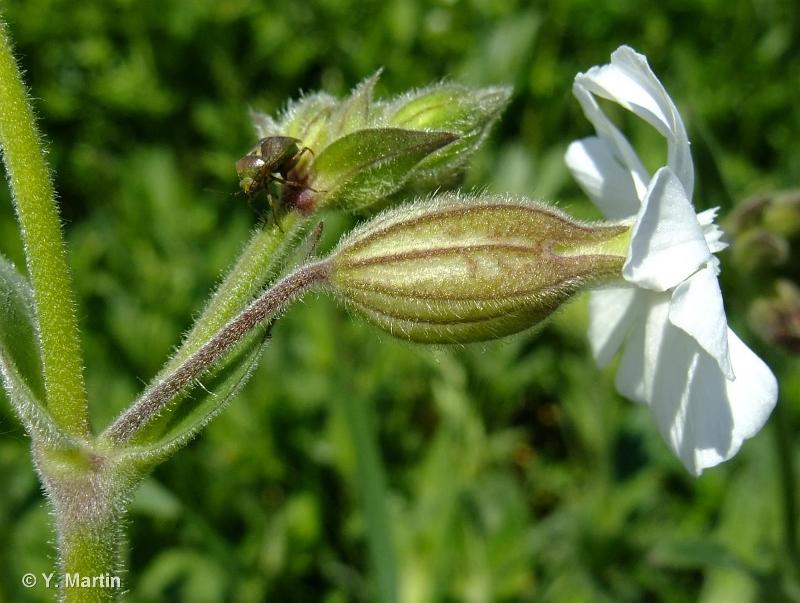
 |
To get the picture, please visit:
Yoan MARTIN
email : martin.yoan95@gmail.com
Despite the Creative Commons license, please inform the author of the use which will be made of his photo
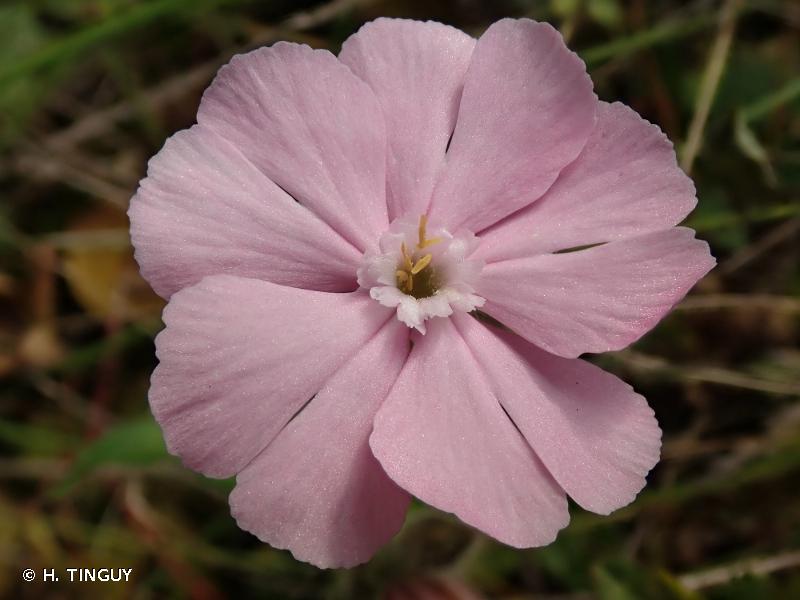
| Author : H. TINGUY |
 |
To get the picture, please visit:
Hugues Tinguy
email : inpn@mnhn.fr
Legend: Silene latifolia f. incarnatum (Peterm.) Lambinon, 1992
Despite the Creative Commons license, please inform the author of the use which will be made of his photo
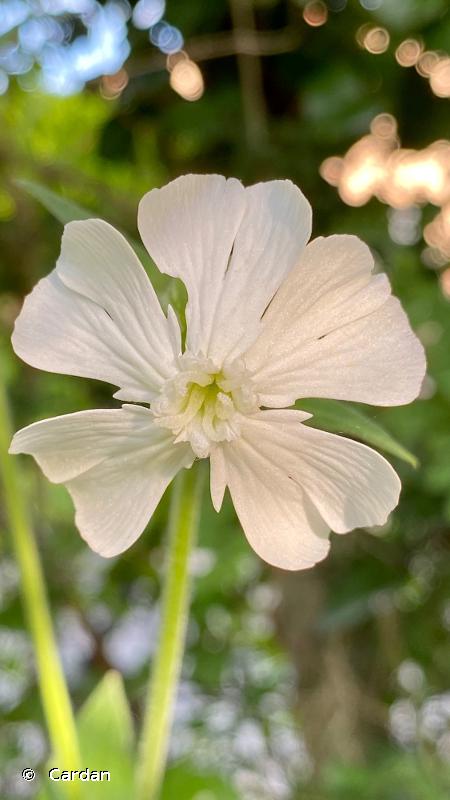
| Author : Cardan |
 |
To get the picture, please visit:
Cardan
email: inpn@mnhn.fr
Observation partagée via l'application INPN Espèces
Any reuse of one or more photographs on this site is subject to an authorization request from the author.
Link to the Code of Intellectual Property (Legifrance)
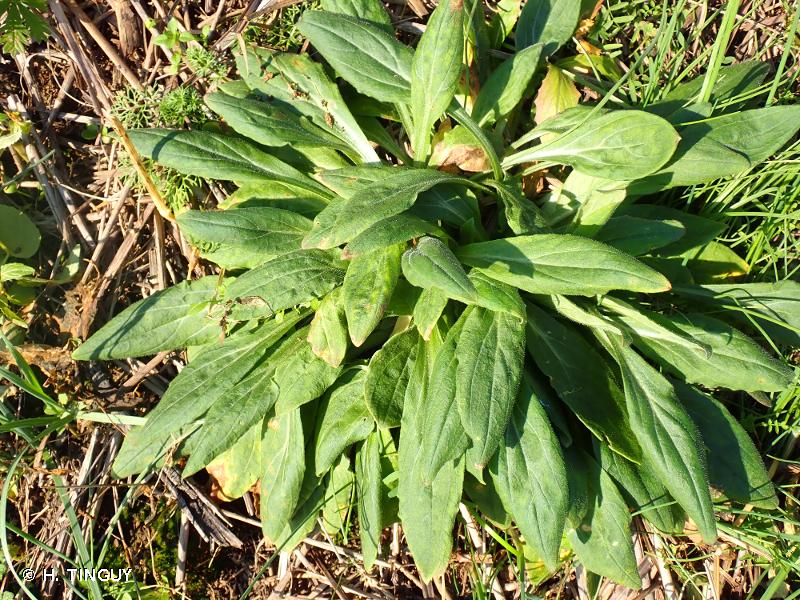
| Author : H. TINGUY |
 |
To get the picture, please visit:
Hugues Tinguy
email : inpn@mnhn.fr
Despite the Creative Commons license, please inform the author of the use which will be made of his photo
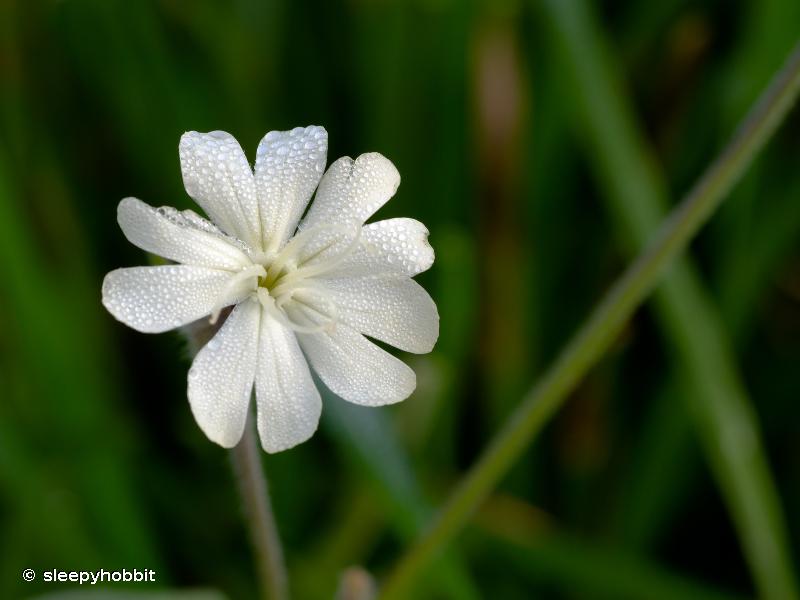
| Author : sleepyhobbit |
 |
Any reuse of one or more photographs on this site is subject to an authorization request from the author.
Link to the Code of Intellectual Property (Legifrance)
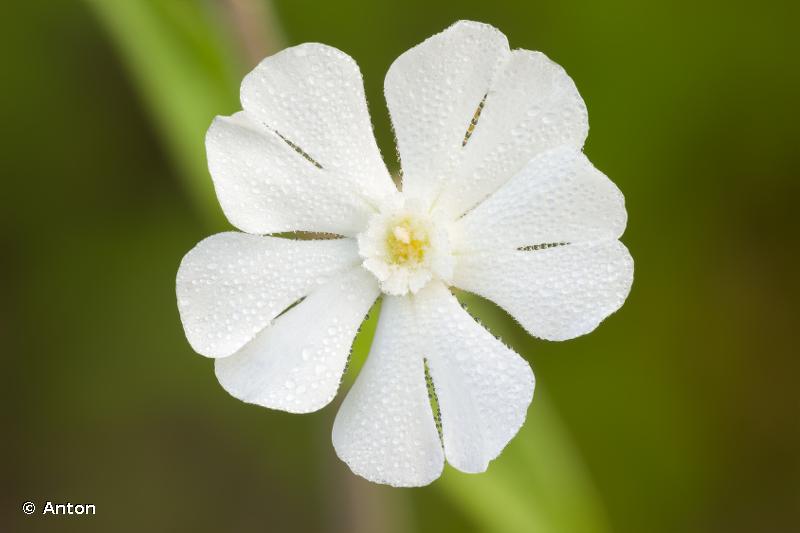
| Author : Anton |
 |
Any reuse of one or more photographs on this site is subject to an authorization request from the author.
Link to the Code of Intellectual Property (Legifrance)
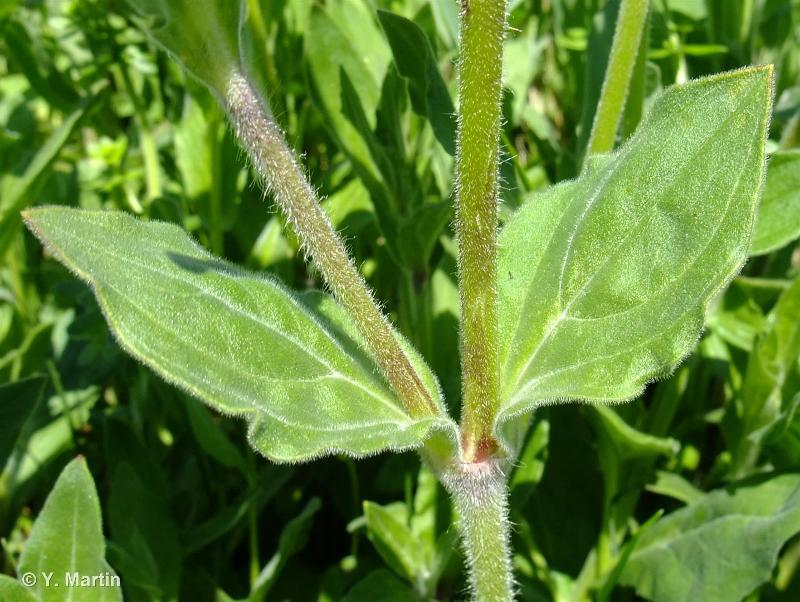
 |
To get the picture, please visit:
Yoan MARTIN
email : martin.yoan95@gmail.com
Despite the Creative Commons license, please inform the author of the use which will be made of his photo
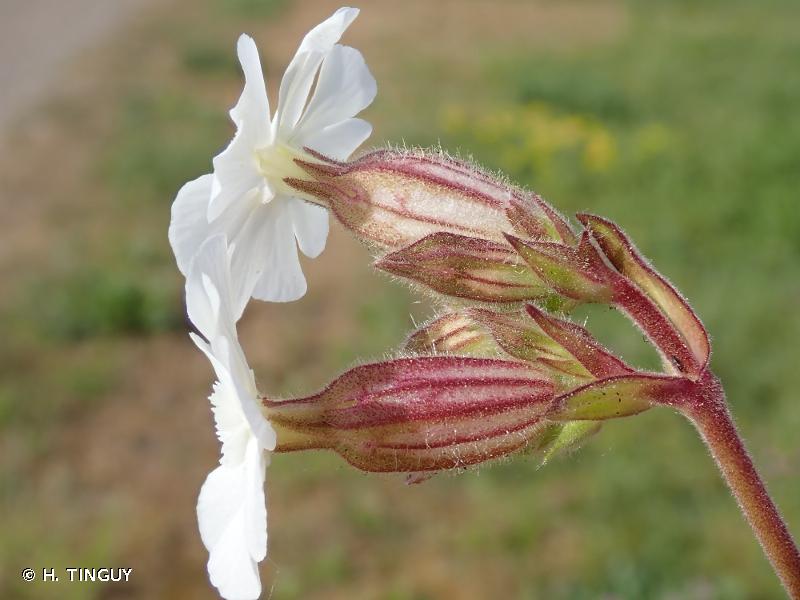
| Author : H. TINGUY |
 |
To get the picture, please visit:
Hugues Tinguy
email : inpn@mnhn.fr
Despite the Creative Commons license, please inform the author of the use which will be made of his photo
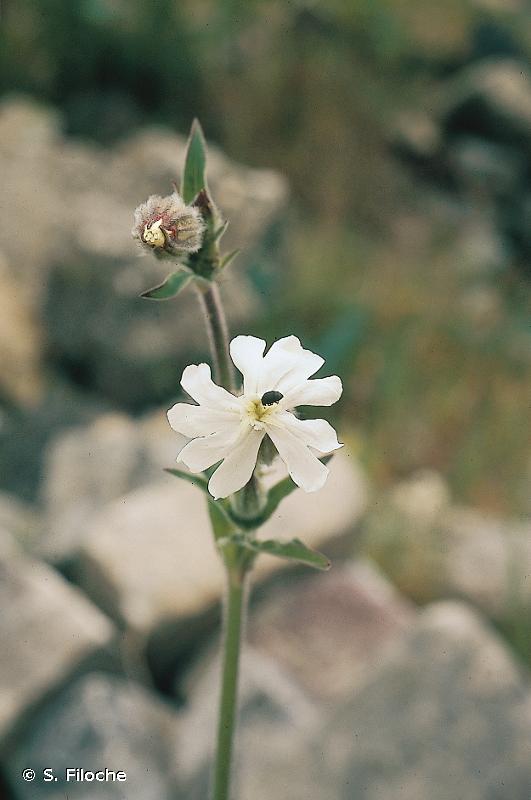
| Author : S. Filoche |
 |
To get the picture, please visit:
Sébastien Filoche,
CBNBP/MNHN
61, rue Buffon - 75005 Paris
email : inpn@mnhn.fr
Despite the Creative Commons license, please inform the author of the use which will be made of his photo
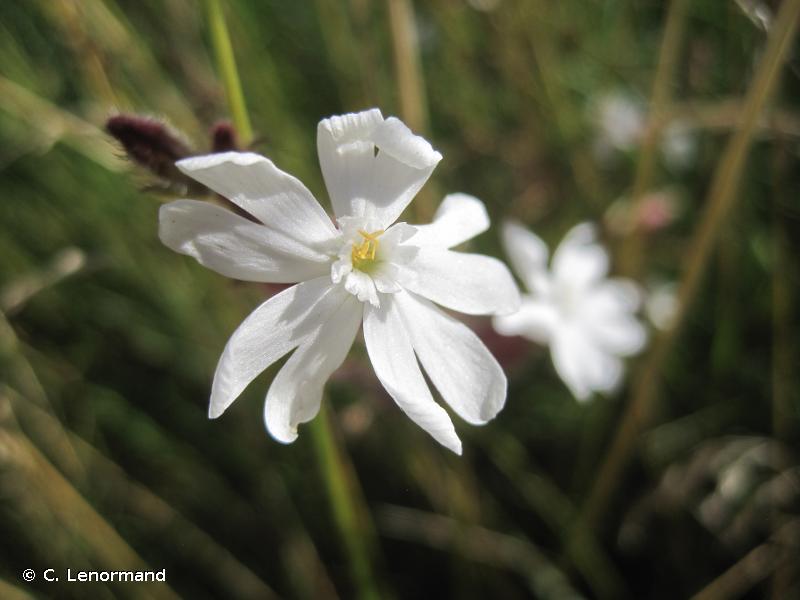
| Author : C. Lenormand |
 |
To get the picture, please visit:
Despite the Creative Commons license, please inform the author of the use which will be made of his photo
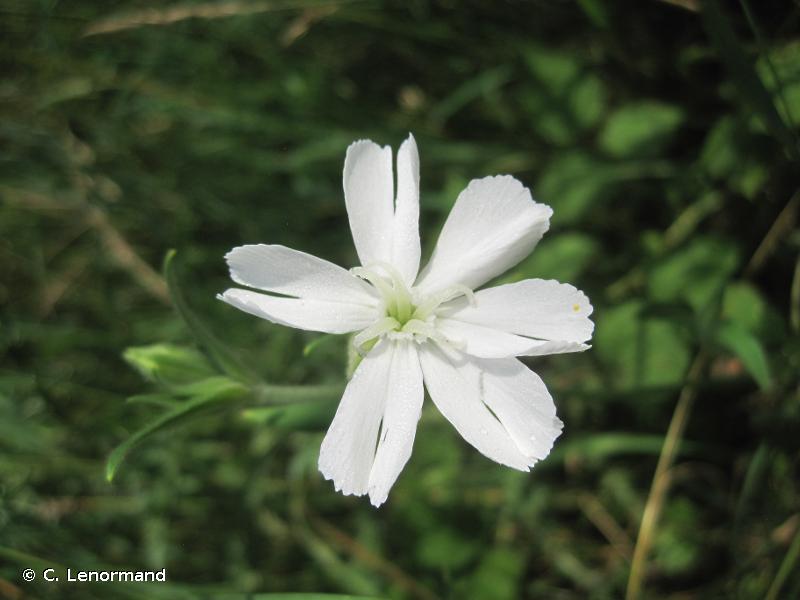
| Author : C. Lenormand |
 |
To get the picture, please visit:
Despite the Creative Commons license, please inform the author of the use which will be made of his photo
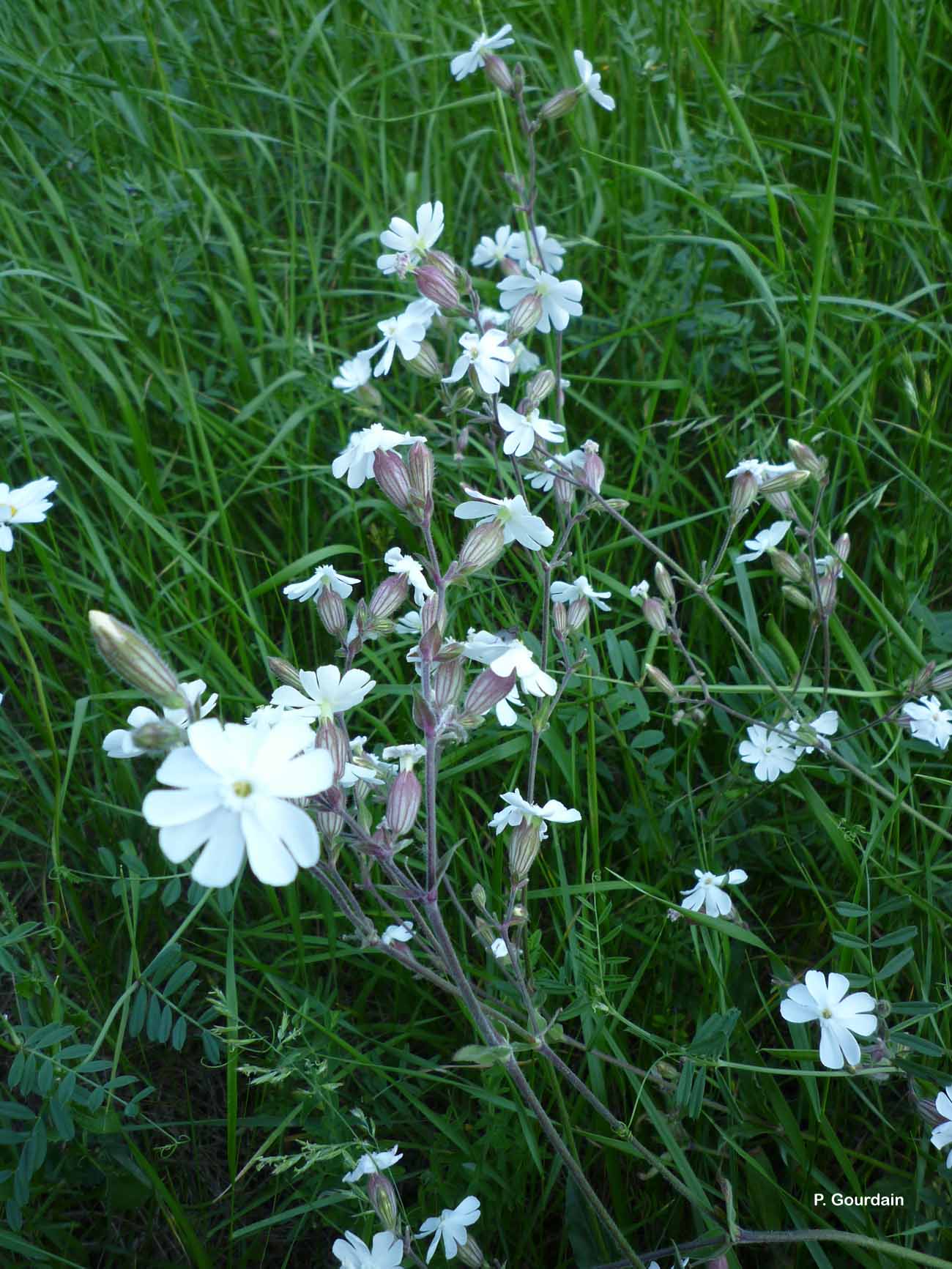
| Author : P. Gourdain |
 |
To get the picture, please visit:
Philippe GOURDAIN
Muséum national d'Histoire naturelle - Service du Patrimoine Naturel
36 rue Geoffroy Saint-Hilaire
CP 41
75 231 PARIS CEDEX 05
e-mail : inpn@mnhn.fr
Legend: Hanches
Despite the Creative Commons license, please inform the author of the use which will be made of his photo
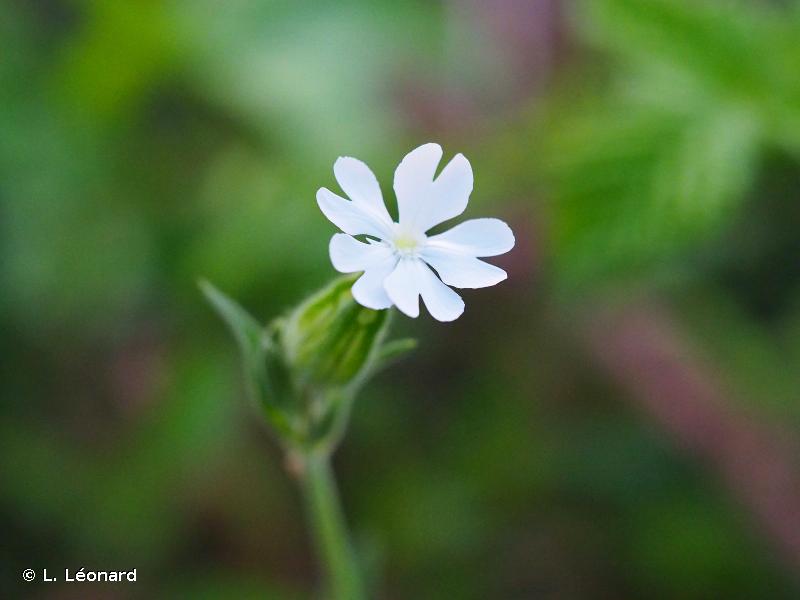
| Author : L. Léonard |
 |
To get the picture, please visit:
Lilian Léonard
email : lilian.leonard@mnhn.fr
Despite the Creative Commons license, please inform the author of the use which will be made of his photo
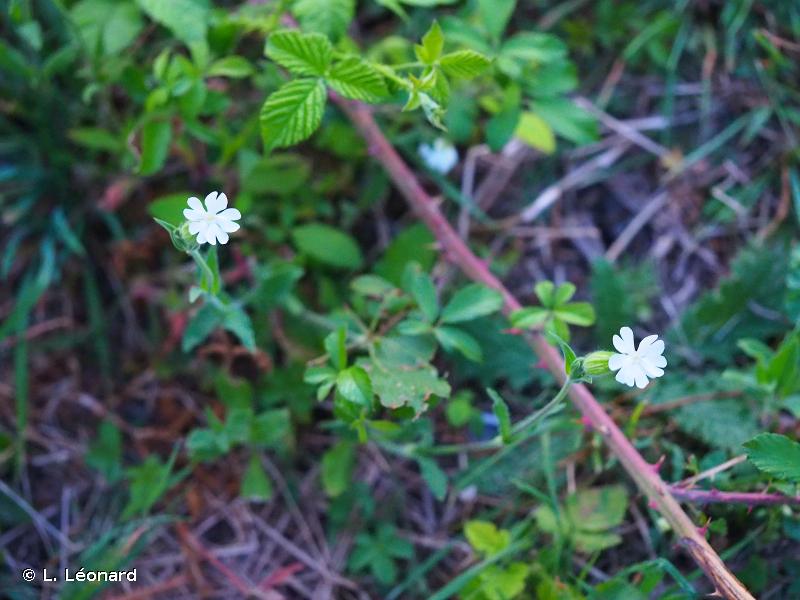
| Author : L. Léonard |
 |
To get the picture, please visit:
Lilian Léonard
email : lilian.leonard@mnhn.fr
Despite the Creative Commons license, please inform the author of the use which will be made of his photo
Diagnose :
Le Compagnon blanc est une espèce de la famille des Caryophyllacées, herbacée, vivace pouvant atteindre 1 m de hauteur. Ses feuilles sont opposées et simples, de couleur vert grisâtre car elles sont couvertes de fins poils. Cette espèce est qualifiée de dioïque car, selon les individus, les fleurs sont soit mâles soit femelles. Les fleurs sont disposées en cymes bipares. Elles possèdent un calice à cinq sépales soudés en forme de petite outre et cinq pétales blancs découpés chacun en deux lobes. Les fleurs mâles présentent dix étamines, alors que les fleurs femelles comptent cinq styles blancs. La floraison se déroule du début du printemps jusqu'aux premières gelées. Les fruits sont des capsules, dont l'ouverture s'effectue à leurs parties supérieures.
Détermination :
Le Compagnon blanc est facile à déterminer, néanmoins d'autres espèces de silènes peuvent être rencontrées, notamment en mélange avec lui. Pour être certain de sa détermination, il faut s'assurer que le calice est à sépales soudés, que les fleurs sont soit mâles soit femelles selon les individus, de couleur blanche et avec des pétales à deux lobes. Le Compagnon rouge (Silene dioica (L.) Clairv.) est très semblable au Compagnon blanc, mais ses fleurs sont de couleur rouge.
Biogéographique et écologie :
En France métropolitaine, cette espèce est commune dans toutes les régions. Son habitat privilégié correspond aux zones rudérales et délaissées, les friches, les décombres et les prairies non entretenues.
D'après : Coste, H. 1900-1906. Flore descriptive et illustrée de la France, de la Corse et des contrées limitrophes. Paul-Klincksieck, Paris. Réédité en trois tomes en 1998. Librairie scientifique et technique Albert Blanchard, Paris.
O. Escuder(UMS 2006 Patrimoine Naturel (AFB / CNRS / MNHN)),2016
Continental
Metropolitan France
Overseas
Marine
Metropolitan France
Overseas
The map presents a summary at the 10 x 10 km grid of the observation data for the species transmitted to the SINP. These data have been subjected to validation filters.
The map presents a reference distribution layer of the species at the scale of departments and marine sectors. The presence and absence data were established by expertise within a network of partners. This reference distribution is used in the validation process of the SINP data at the INPN level.
Corresponds to a report on the basis of at least one observation proved within a period of 10 years (20 years for little-known invertebrates) preceding the year and no presumption of extinction since obtaining the last data nor doubt on reproductive and implemented nature of this population. For migratory species, the presence indicated concerns areas of reproduction.
This status is based on one or more of the following criteria:
This point covers the absence, more difficult by nature to demonstrate than presence. This status is based on one or more of the following criteria:
This status must be assigned to a department in which the presence of the species is casual.
Particular case of absence due to a proven extinction less than a half century ago (older disappearances are treated as "no probable or definite").
In the state of knowledge, we can not comment on the presence or absence in the current department. This is the default status when not comprised in one of the previous categories or whenever there is doubt.
The map shows the global distribution of the species based on GBIF data (Global Biodiversity Information Facility).
